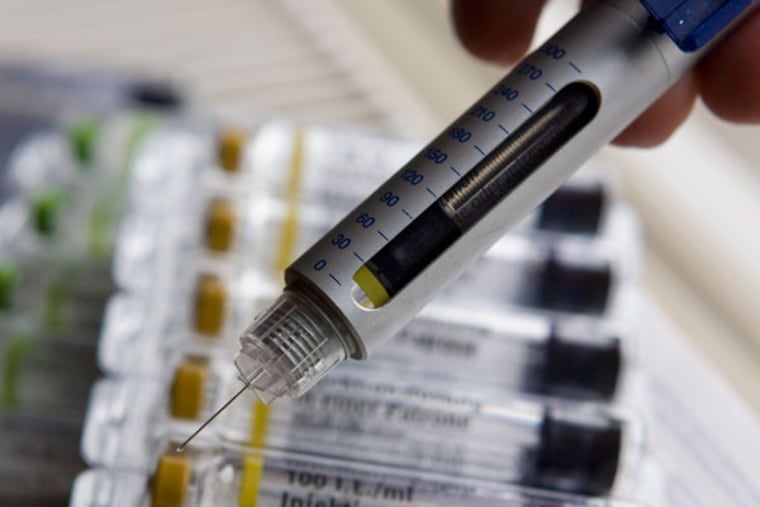Rising drug costs can be traced to price hikes for older, brand-name medicine
Drug costs are rising in part because of price inflation among brand-name medications that have been on the market for decades, according to new research from the University of Pittsburgh.

Anyone keeping tabs on how much they spend at the pharmacy knows that drug costs are rising, but what exactly is driving prices upward is often a mystery.
A new report from the University of Pittsburgh, published in the January issue of Health Affairs, points to an unexpected culprit: price hikes for brand-name medications that have been on the market for years.
New drugs that were expensive to develop — and that drugmakers say are sold at a premium to recoup research and development expenses — are often blamed for inflating drug costs.
Researchers studied list prices for tens of thousands of drugs between 2005 and 2016. They found that among specialty drugs — such as the complex biologics that may be infused or injected to treat conditions like cancer and autoimmune disease — and generic drugs, new products entering the market were significant cost drivers.
“It makes sense to pay more for new drugs because sometimes new drugs are more effective, safer or treat a new disease you didn’t have a treatment for. Sometimes new drugs do bring more value,” Inmaculada Hernandez, an assistant professor at the Pitt School of Pharmacy and the study’s lead author, said in a statement.
What they found out about rising costs among brand-name, non-specialty medications made less sense.
The cost of oral brand-name medications increased 9.2 percent annually, while the cost of injectable brand-name drugs increased 15.1 percent a year — largely driven by price inflation among existing medications, as opposed to newly introduced medications.
“We have these year-over-year increases — sometimes double-digit increases — for drugs that are exactly the same as something we had 15 years ago. It doesn’t mean it’s 30 percent better. It means the market structure is bearing it and manufacturers are leveraging that to keep increasing prices,” Hernandez said in an interview.
The price of brand-name insulin Lantus, for example, increased by 49 percent in 2014, after being on the market for more than a decade.
Hernandez said there are a few explanations for rising prices among medications that aren’t new:
Some brand-name medications lack sufficient competition. Once branded drugs lose their patent, generics can be developed and help drive down prices. But generic medications are still expensive and time-consuming to develop. Research shows that the market responds with lower prices only once several generics are competing with the brand for customers, she said. Insulins in particular are difficult to develop and as the patents on brand-name insulins expire, generics have been slow to enter the market, she said.
Often it’s difficult for patients to know exactly what the real cost is. Insurance companies negotiate rates for medications, leaving patients with a set co-pay. Drug manufacturers often offer rebates directly to patients to offset the cost.
One limitation of the study is that it looked only at list prices — the price of medications wholesale from the drug company. The rates insurance companies negotiate for prescription medications and real prices patients pay are considered proprietary information that neither insurers nor drug manufacturers release. Cash retail prices can vary significantly, even among stores in the same neighborhood, as you can see by comparison-shopping on a website like GoodRX.com.
Researchers also found steep price increases among specialty and generic medications, though these increases were due to new medications entering the market.
The cost of specialty oral medications increased 20.6 percent annually during the study period and the cost of specialty injectable medications increased about 12.5 percent annually, according to the report.
The cost of generic oral and injectable drugs increased annually by 4.4 percent and 7.3 percent, respectively.
The growth in drug costs for all categories outpaced inflation.
Has the cost of your medication increased dramatically over the past few years? If you have an interesting experience to share and are willing to be quoted in an Inquirer story using your full name, contact reporter Sarah Gantz at sgantz@philly.com.